Many people around the world cut their grass, and either leave the clippings right where the lawnmower spits them out, or toss them into the yard waste bin. While those are perfectly fine ways to dispose of them, there are several beneficial uses for grass clippings around the homestead.
Ever since I was a little girl, I’ve been taught to make the best with what you’ve got, and that philosophy seems to apply pretty well to grass clippings, too. I’ve personally used grass clippings in all sorts of ways including the nine uses below. So without further ado, I’ll get right to my favorite uses for grass clippings.
Compost Additive
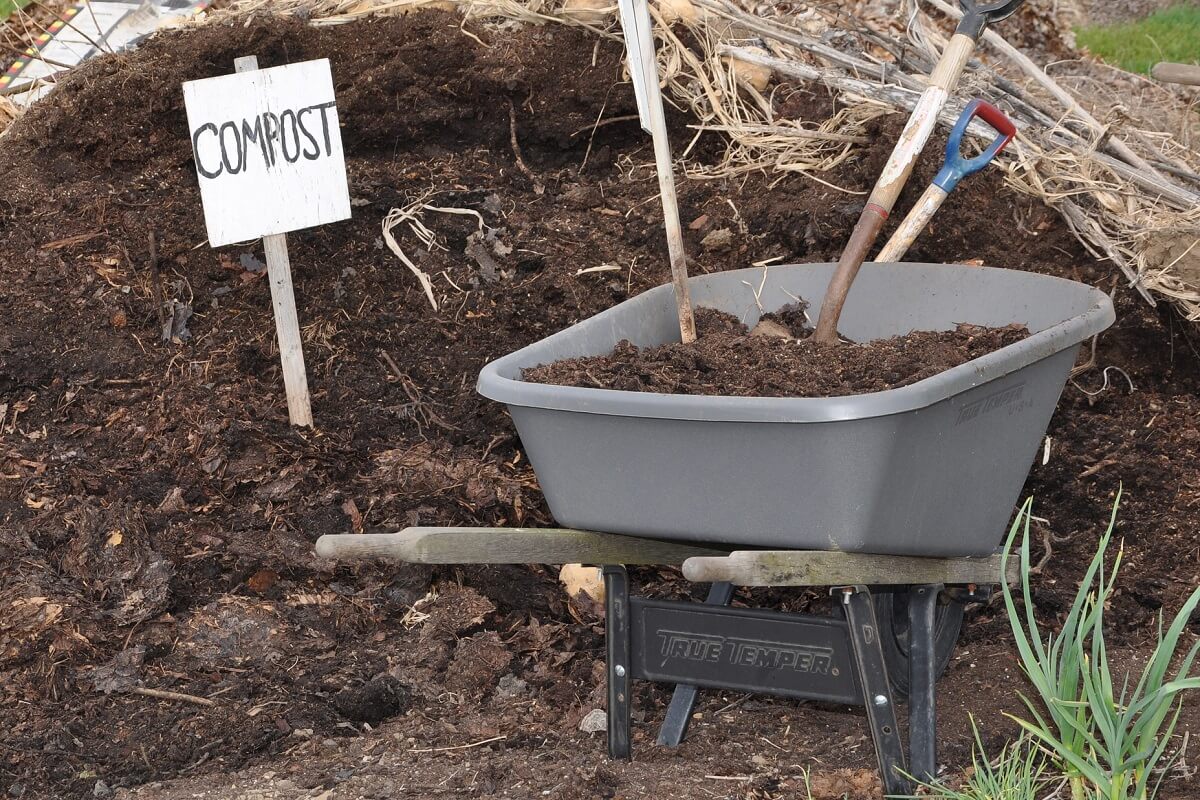
Whether you have a vegetable garden or flower beds, there are plenty of uses for grass clippings in the compost bin. Grass composts just lying on the ground (to help feed the lawn) but if you intend to use it for garden beds, you’ll have to gather it up and toss it into your compost bin.
A proper compost pile needs both green and brown matter, so freshly cut grass will require some brown mixed in with it. Dry leaves and dry grass work well. If you allow the grass clippings to dry before adding them to your compost pile, there’s no reason to worry about adding any extra brown or dry material.
Make sure you turn your pile when mixing in green grass as it tends to mat and make a globby mess. Also, be sure there are no herbicides on the grass you save.
Liquid Fertilizer
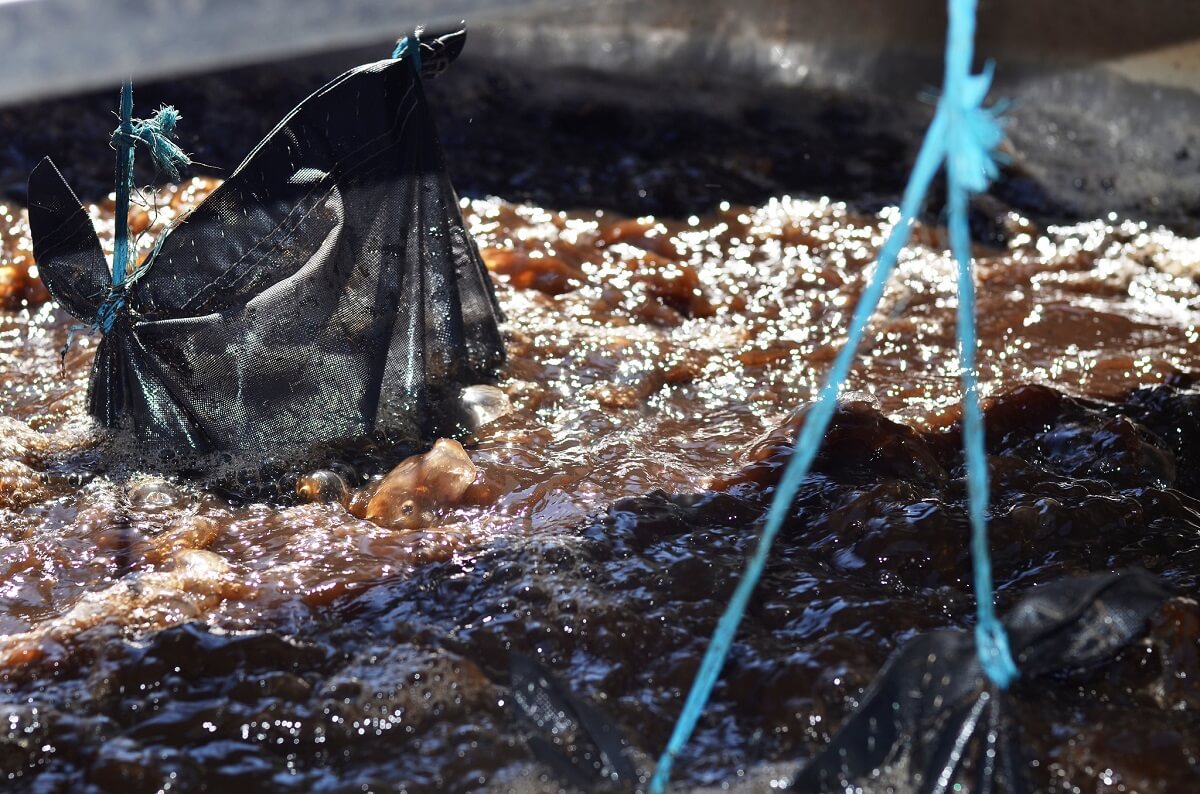
Fresh grass clippings are high in nitrogen and potassium which is great for making fertilizer or compost tea. All you have to do is gather your fresh grass clippings, toss them into a 5-gallon bucket about two-thirds of the way full, add water, and let them steep for three days.
Related Post: How to Make Compost Tea
Make sure to stir the liquid fertilizer at least once a day until it’s ready. Liquid fertilizer is rather fast-acting. It works wonders for newly transplanted plants as well as blossoming or fruiting plants.
Don’t get carried away, though. You only need to add the liquid fertilizer about once every two weeks or when your plants need a little boost. Too much of a good thing can go bad.
Worm Bin Bedding
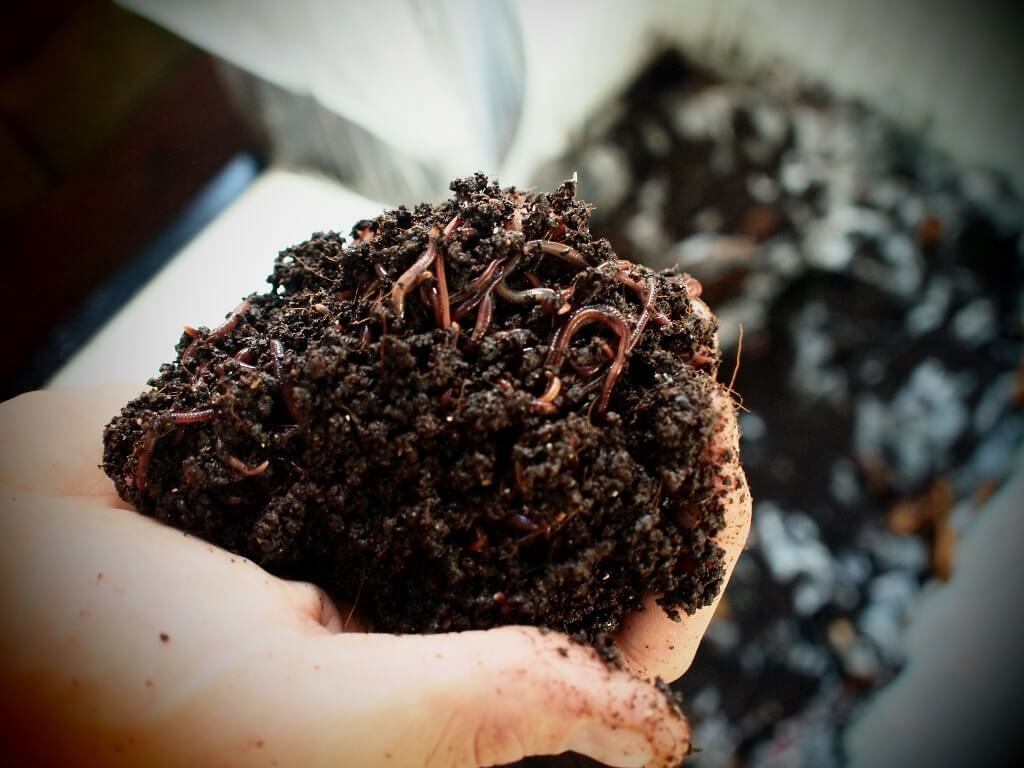
Fresh green grass clippings contain a healthy dose of nitrogen which is a good source of food for worms. Again, you don’t want to add too much. Just sprinkle the green clippings into your bin, and make sure they’re spread out to avoid clumping.
Related Post: Worm Bin Essentials: Getting Started with Vermiculture
When using grass clippings for worm bin bedding, set it aside in a sunny spot and let it dry out and turn brown. Brown grass clippings are an excellent source of carbon for the soil where the worms live, but as mentioned above, be sure there are no herbicides on the grass you’re using for your worms.
Animal Bedding
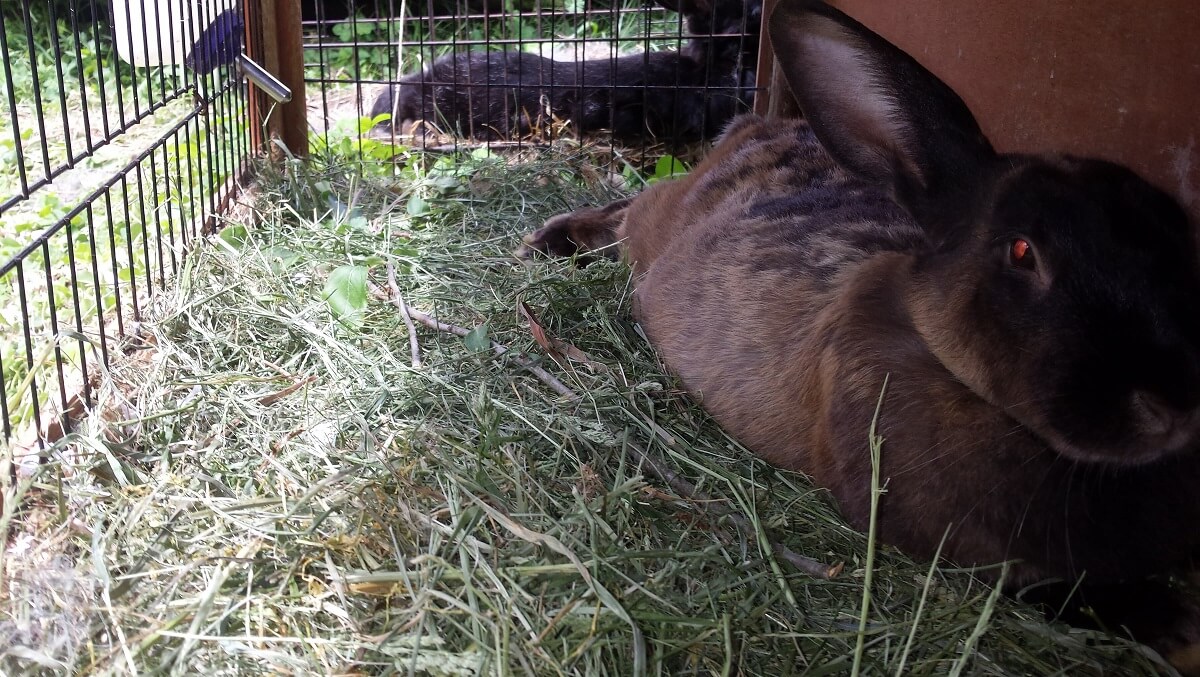
We raise some beautiful rabbits on our homestead, but bedding can become expensive when you have more than just a couple of bunnies. My rabbits love when we use grass clippings as their bedding because they can snack on it and nap in it almost at the same time.
We gather all the grass that’s free of weeds or other plants and set it to dry completely. Once it’s dry, we swap out the old grass bedding and replace it with the new grass.
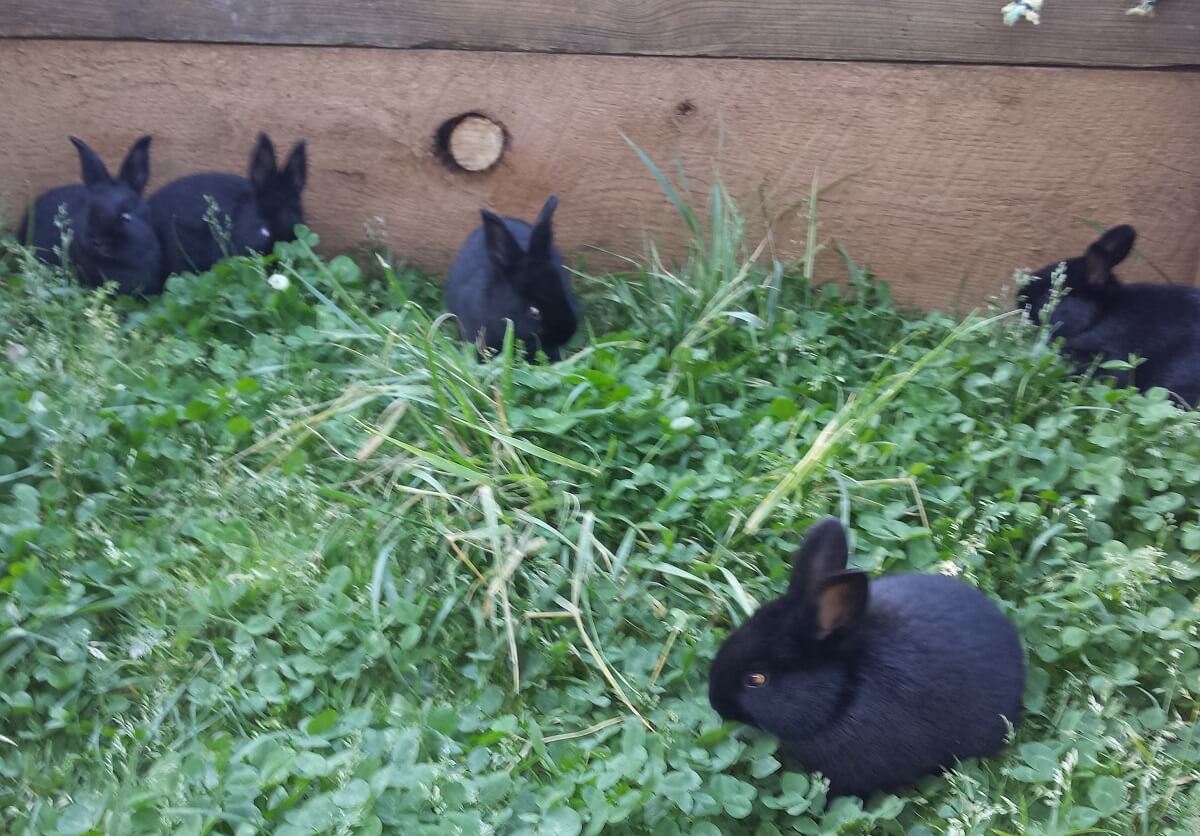
One cool thing is that the old bedding we remove from their bunny houses goes into a compost pile so it is really a beautiful circle. And as always, make sure there are no harmful plants or chemicals in the mix.
I also use dry grass clippings for my dog. In the cooler months, I take the dry clippings and make a little burrow or nest in the dog house for her to sleep in — and she loves it. Grass clippings are good bedding for most livestock.
Animal Feed
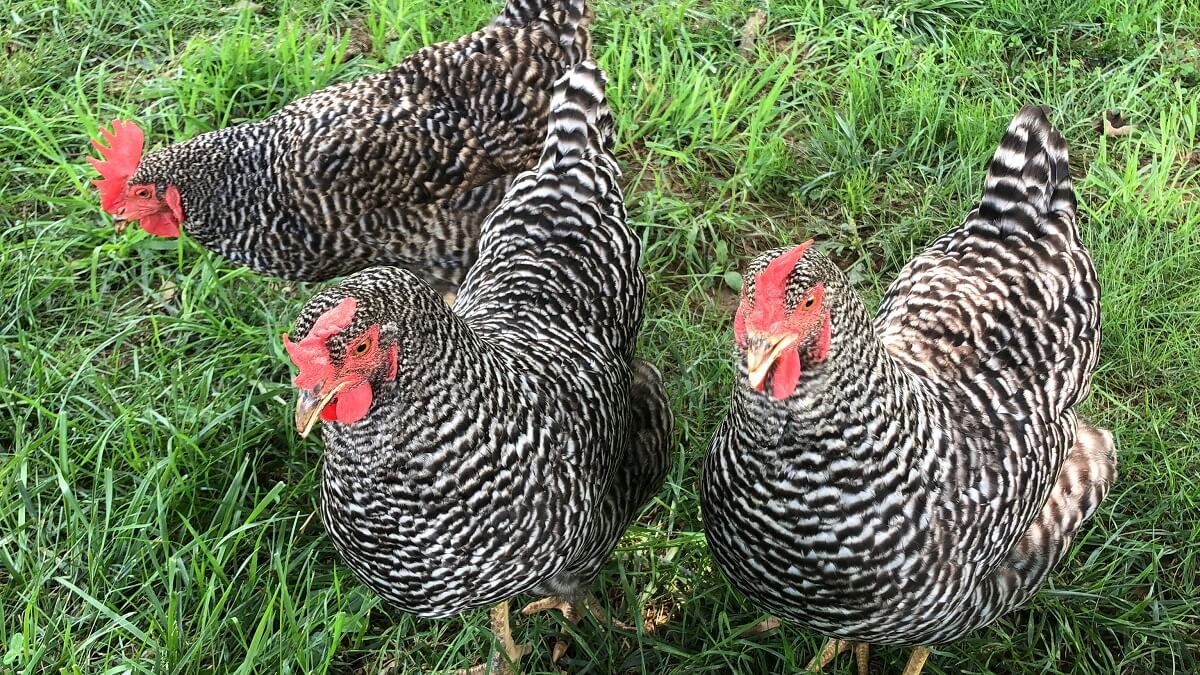
Our rabbits really enjoy nibbling on their grass bedding. The fresh and dry grass clippings both work as feed for our rabbits (though it’s not the only food they eat). Goats seem to really love it, too. And (one more time), make sure there are no harmful plants or chemicals in or on the clippings you intend to use for feed.
Natural Dye
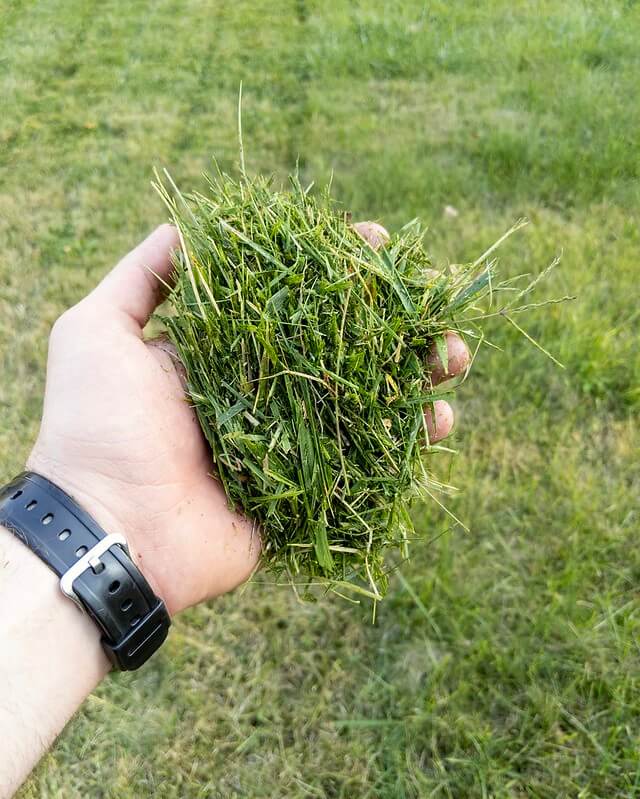
Grass stains can be a struggle to get out of clothing or material which means the clippings work well as a natural green dye. So you can use fresh lawn clippings to dye fabrics! The color that’s normally produced is yellow-green. Before soaking your fabric in the grass clippings dye liquid, it must be soaked in a fixative for an hour in order for the color to set into the fabric.
Related Post: How To Dye Fabric Naturally
To create natural grass clipping dye, all you have to do is collect fresh lawn clippings, add them to a pot, add water (about twice the amount of the grass), bring it to a boil, simmer for an hour or so, and strain. Add your fabric right into the pot of green grass dye.
If you want a darker shade, leave the fabric soaking overnight. Here are some step-by-step instructions for the dying project. There are different methods, so simply find one that suits you well and go for it.
Paper-Making Projects
In school, we did a paper-making project with natural materials that I thought was pretty neat. You can use grass clippings and all sorts of plants to make paper. The video shows you exactly how to do it, but if you plan on doing this one with the littles, be aware there are some chemicals involved such as sodium hydroxide lye. Lye is poisonous and corrosive so make sure to wear gloves and take safety precautions.
You’ll need a large pot, metal stirring spoon, the sodium hydroxide lye, napkins, a blender, water, grass clippings, and a plastic tub, and a paper-making press.
Mulch
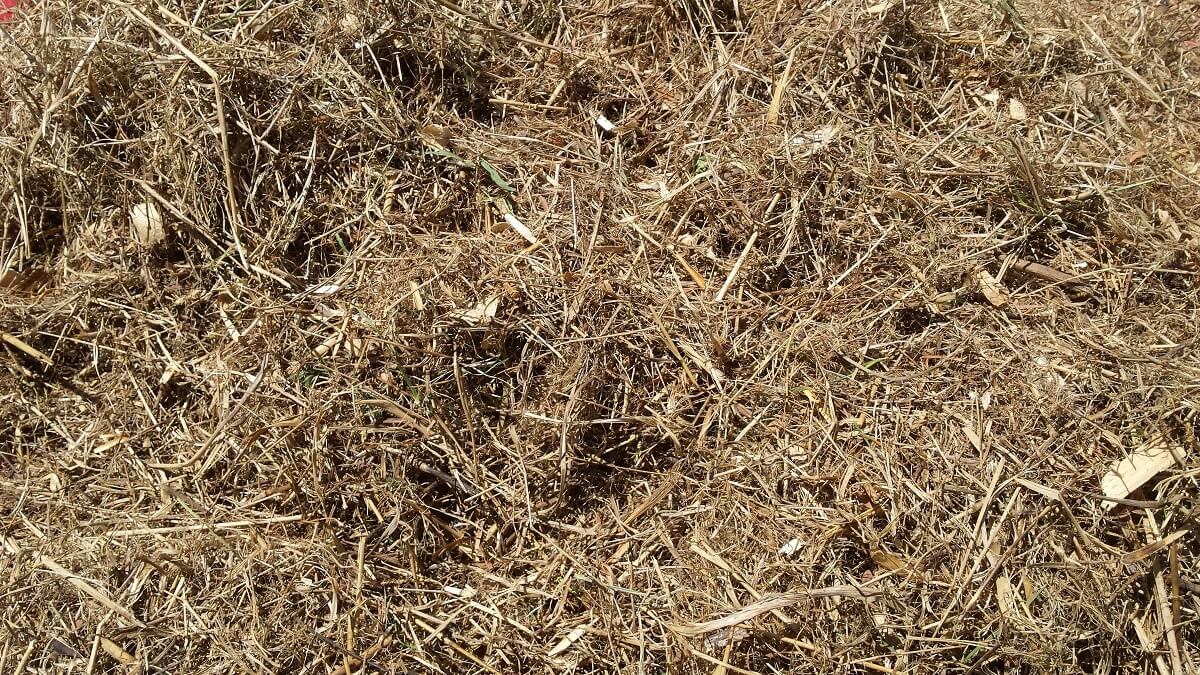
Grass makes an incredible mulch for both floral and edible gardens. Grass mulch can cool the root system, hold in moisture during dry spells, help reduce weeds, and provide much-needed nutrients.
When using fresh grass clippings, you need to layer 1/4 inch of material around your plants. This allows the grass to break down more easily and keeps the plants from having too much moisture. Excess moisture can cause root rot and mold. Dry clippings, on the other hand, can be layered much thicker.
Weed Barrier
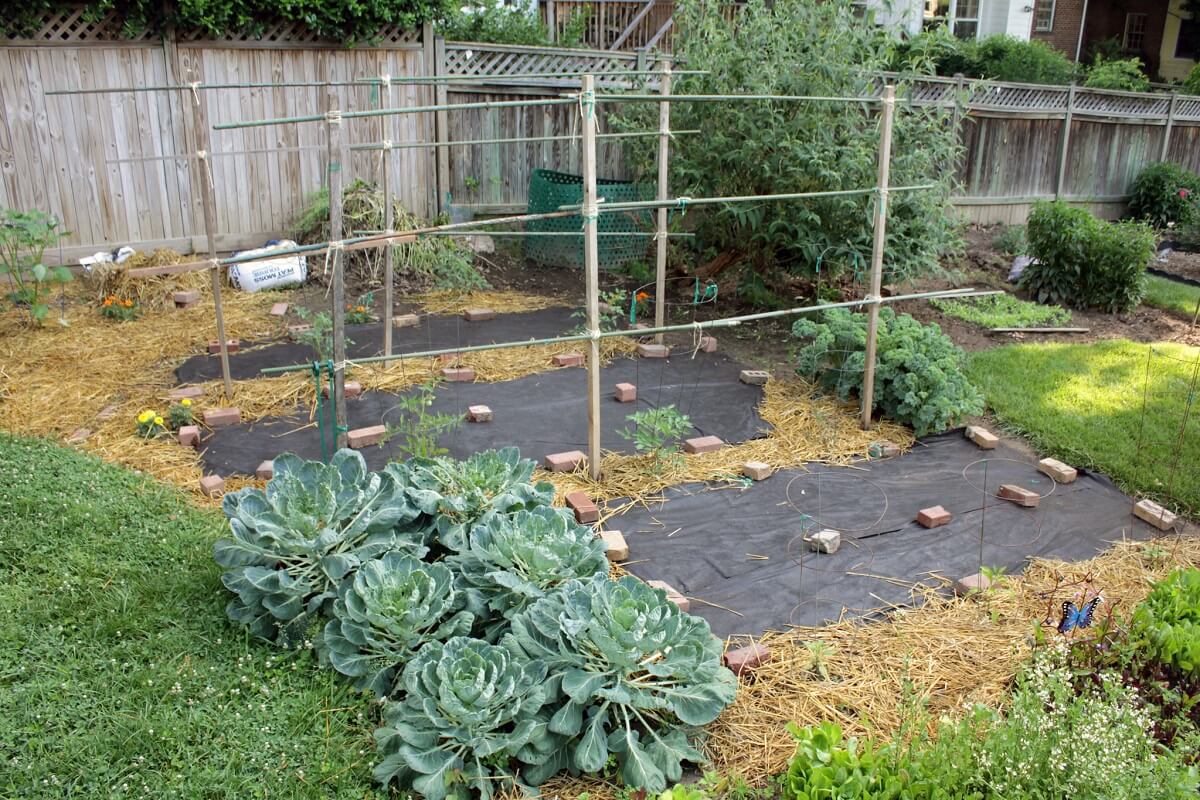
I remember a trick my grandparents used when I was little. They raked all of their grass clippings over to the places they didn’t want any weeds or new grass to grow because they had plans for the area next season.
They had a nice little pile of clippings and no issues with any weeds or new grass. I tried it myself around the edges of my gardens to keep down the grass and weeds for a future bed and it worked wonders. I later removed the grassy weed barrier and added it to the compost pile.
Related Post: Keyhole Garden
There are several other uses for grass clippings (and probably some I have never even heard of) but I wanted to share my favorite personal uses for grass clippings around my little homestead.
Have you tried any of these uses for grass clippings? Have you tried any that aren’t on this list? We’d love to hear from you so feel free to drop us a line in the comments. Happy homesteading!


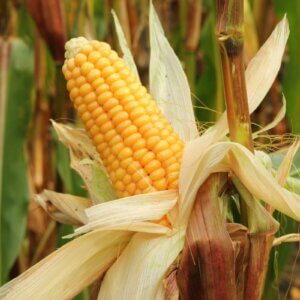
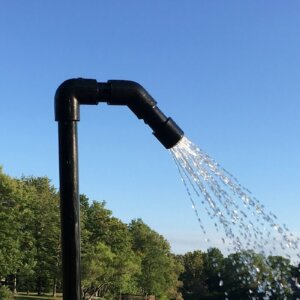


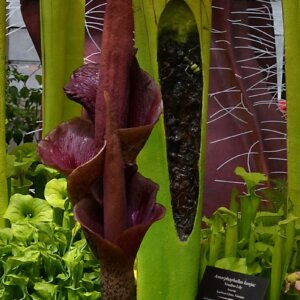




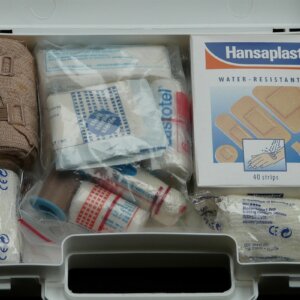
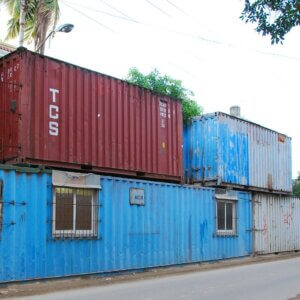


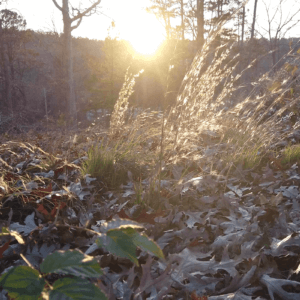
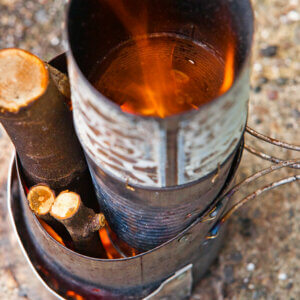

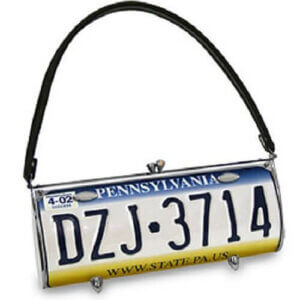
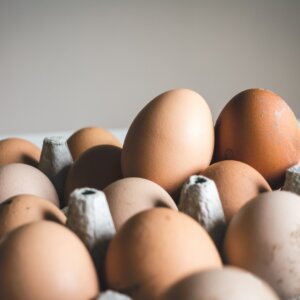
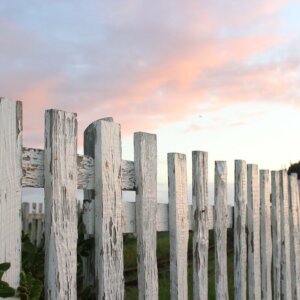
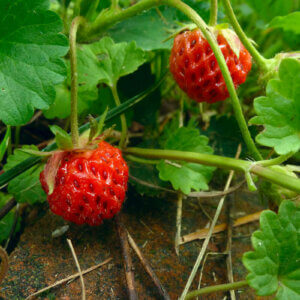
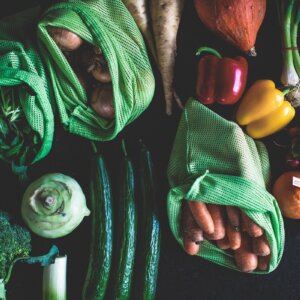

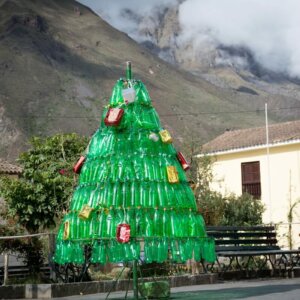

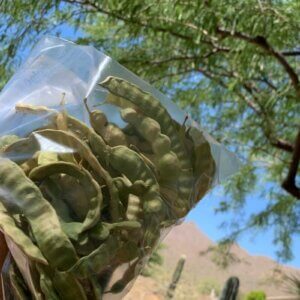
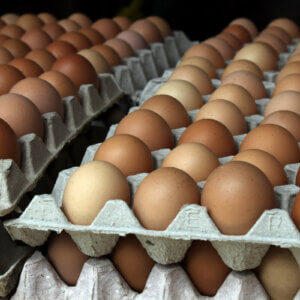
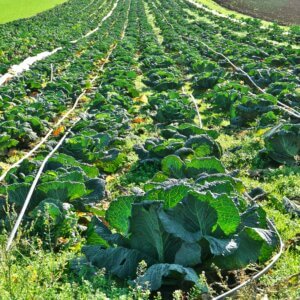


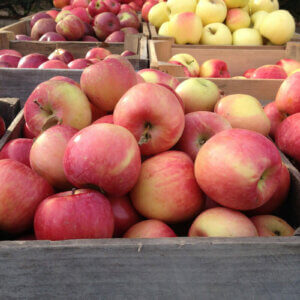
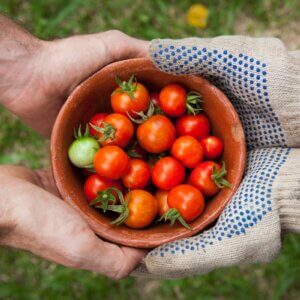
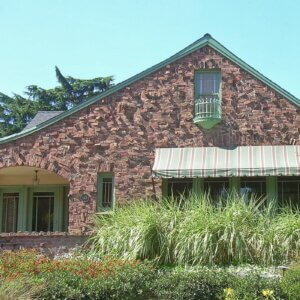

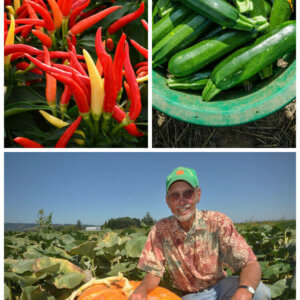

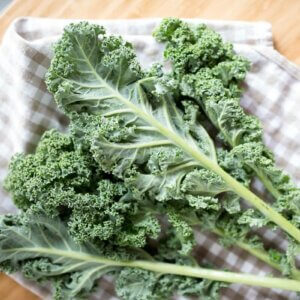
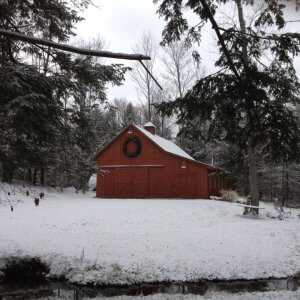


Leave a Reply